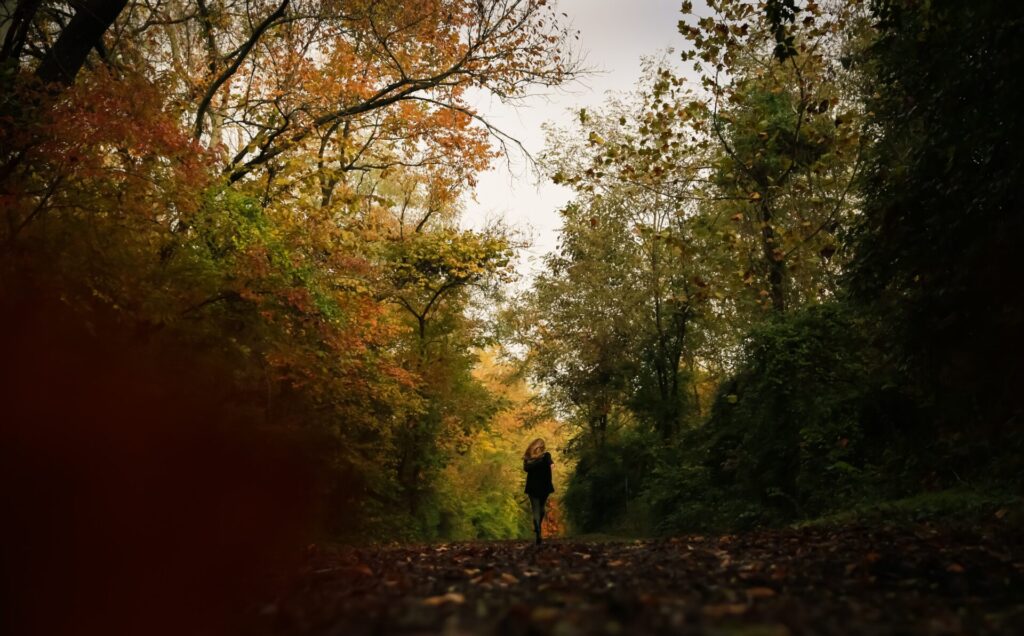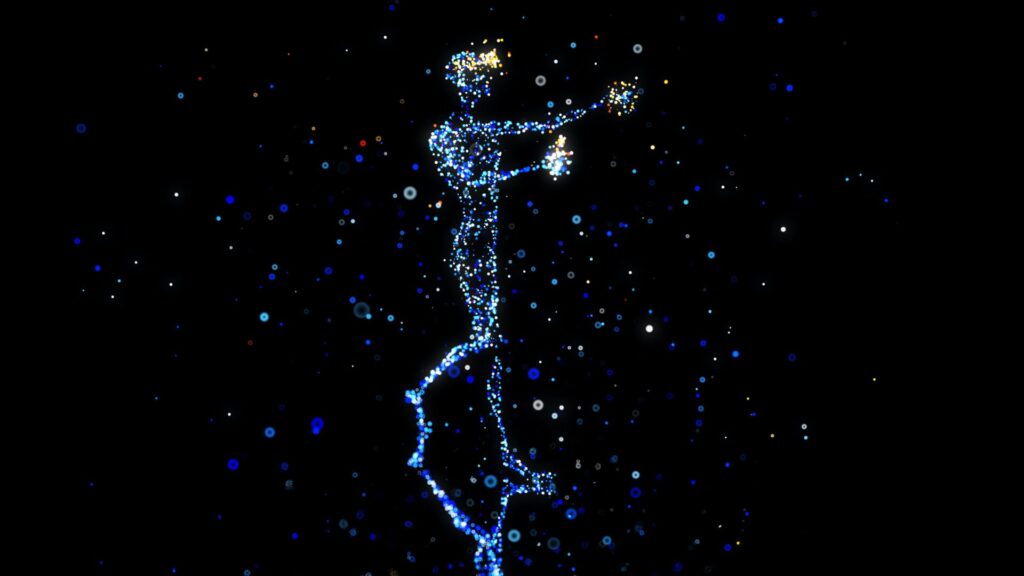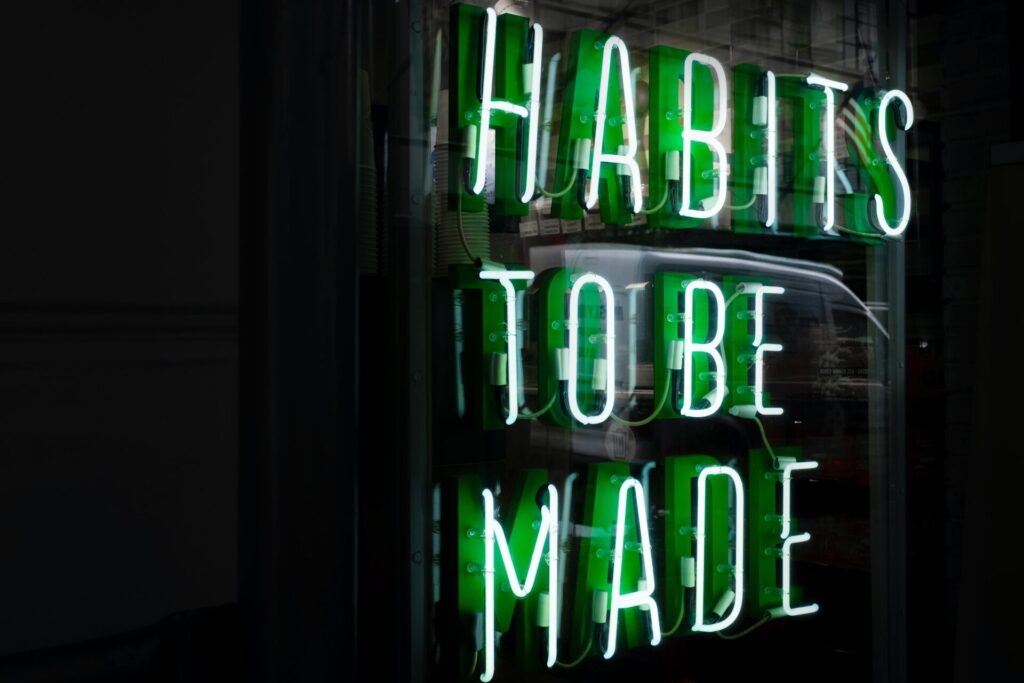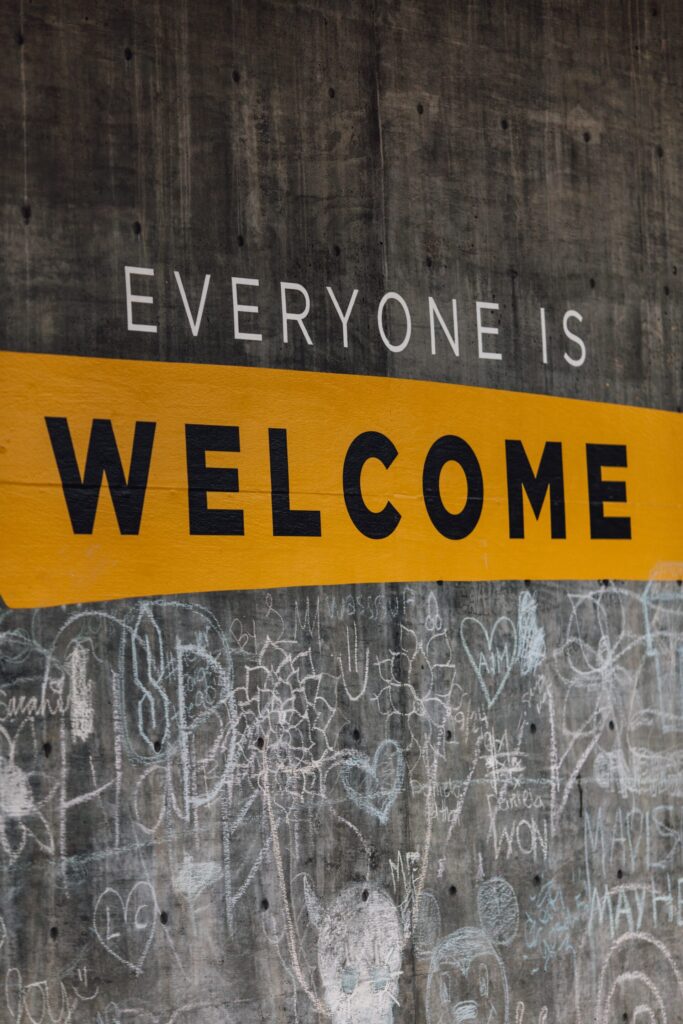How many daily walks have you logged in since the world went into perpetual lockdown? If you’re reading this from the UK, I’m truly very sorry. You’re now in your third lockdown and it all seems a bit pretend-y at this point. With some serious nip in the air, darkness by 4pm and frankly, the novelty having well and truly worn off, I’ll wager that your walks have been significantly less than in the summer months. I’m writing this from Dubai (sorry, again) and while we had a tough time of it in March-May 2020, where we couldn’t go out lest we text the government to go to the supermarket, we have since enjoyed the ability to walk an unending amount.
Like most of us, I’ve felt the joy and necessity of being outdoors more than ever this year. Nothing felt better than getting a fill of lung nectar after sequestered in a square for days on end. Even a 20-minute stroll was akin to being somewhere on the Himalayas: mesmerizing, out-of-body and once-in-a-lifetime.
And with this newfound love of the outdoors and engaging with nature – however much of it exists where you are – it got me thinking about the positive boon of walking. I’ve started to lean into walking by harnessing the power of a Norwegian concept called, ‘frilufsliv’ – pronounced ‘free-luftz-leev’ which means ‘free-air life’ and it centers on the exploration of the outdoors and reconnecting with nature, all year round. Taking a leaf out of their Scandinavian counterparts, it’s the antidote to the Danish term hygge, an obsession with all things cosy. By contrast, friluftsliv encourages rejuvenation by braving the elements.
When we (in Dubai) first came out of lockdown, it wasn’t exactly a challenge to ‘brave the elements’ here because the weather was on the upward spiral towards hot and hotter. But what was an unexpected and thankful joy was birdsong and greenery.
After spending much of the year indoors, feeling the physical and mental impact of months of uncertainty and isolation, I’ve put a huge amount of enthusiasm in the Nordic concept, as they know a thing or two about happiness.
In Norway, connecting with the country’s alpine landscape is deeply tied to national identity – the millions of tags on Instagram showcase this joy. There are even university programs on the subject, including a Nordic Master in Friluftsliv Studies (Outdoor Studies). It’s a cultural and social phenomena which plays a huge part in Norway’s mental and physical health.
The Joys of Walking: In and Out of Lockdown
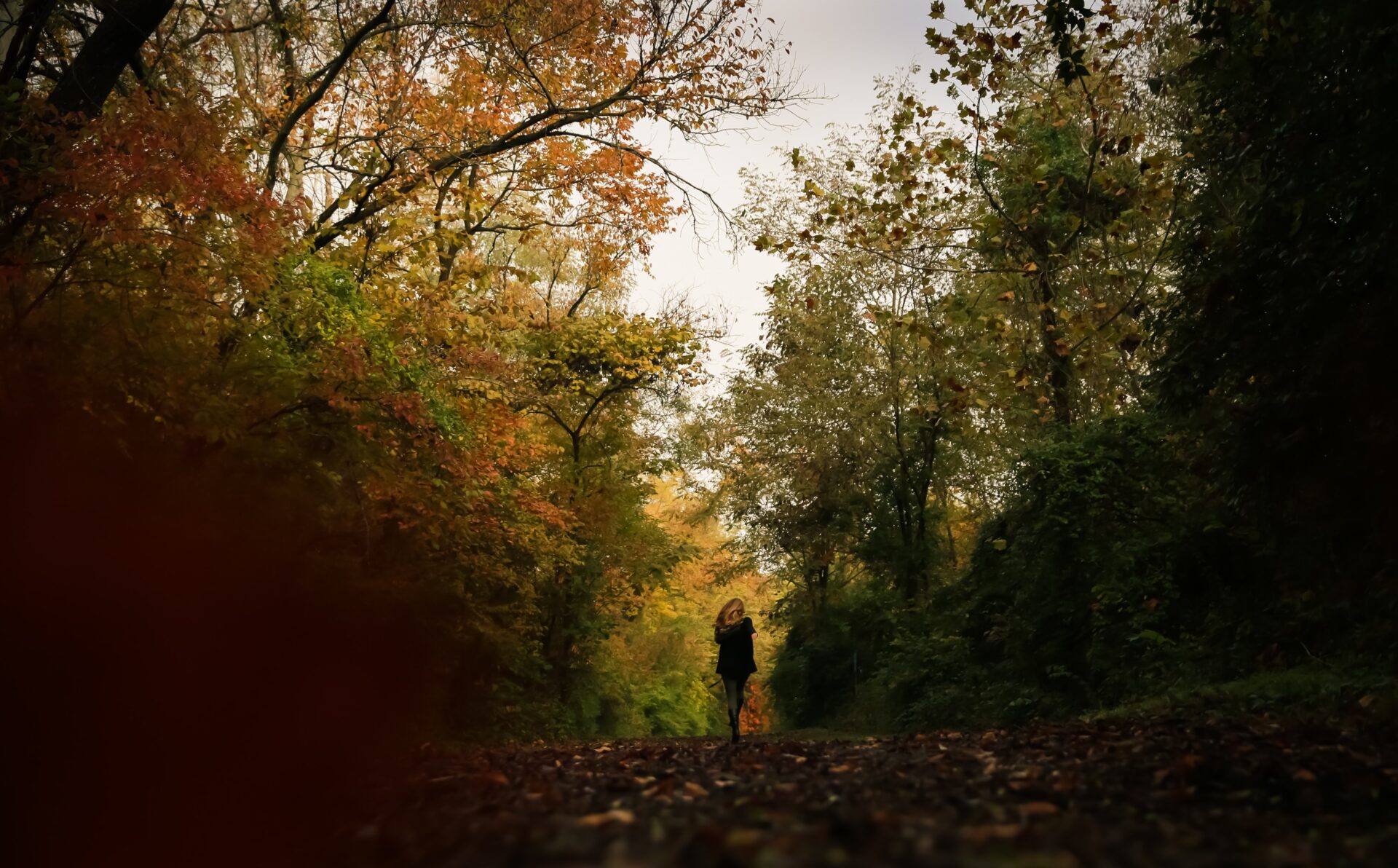
In his book, Norwegian Friluftsliv, co-author Carsten Made Rolland said, “to see and understand ourselves as part of nature, rather than separate from it is acknowledging that every time we breathe, we are literally inhaling nature.” It’s worth also noting that when go on our walks and breathe in fresh air, oxygen passes through our blood and to our brain, making us sharper and able to better handle adversity.
Whenever I’ve come up against it, a long, soothing walk can give me clarity, peace and space. I’ve had brain waves and ‘aha’ moments. Sometimes I play a podcast, sometimes I listen to classical music, and then there are times when the soundtrack is just nature and a level of stillness that comes over me and the best of my creativity cascades.
Being in a communications and creative agency, we always need to think in innovative and pioneering ways, by bucking trends and re-writing the rule book and setting a new standard for creativity. As much as we value our team huddles on Zoom, where we all bounce off of each other’s creativity, science has confirmed that walking does indeed awaken our creative abilities. In one Stanford University study, researchers found that walking boosts creative output by 60 percent. In the study, 176 adults, were given a variety of tasks commonly used to measure ‘divergent thinking,’ – a key element in truly creative cognition. For example, in one such task, participants were asked to list possible uses for an object. Responses were considered “novel” if no other participant thought of the idea and researchers deemed it to be a viable, realistic idea.
So, why is that a walk can conjure up our greatest ideas? It may be that creativity is stimulated by walking because the activity requires the simultaneous use of multiple parts of the brain. According to the Frontiers in Public Health, the complex brain structures needed to accommodate walking automatically allows the potential to develop increasingly sophisticated modes of thinking.
I’m not saying the next time you go for a brisk walk around the block you’re going to come up with a TED worthy idea, but the combination of engaging with nature, Norwegian style, and allowing your brain to unravel, means you could capture a productive thought and develop it further – or at the very least, sleep better that night.



